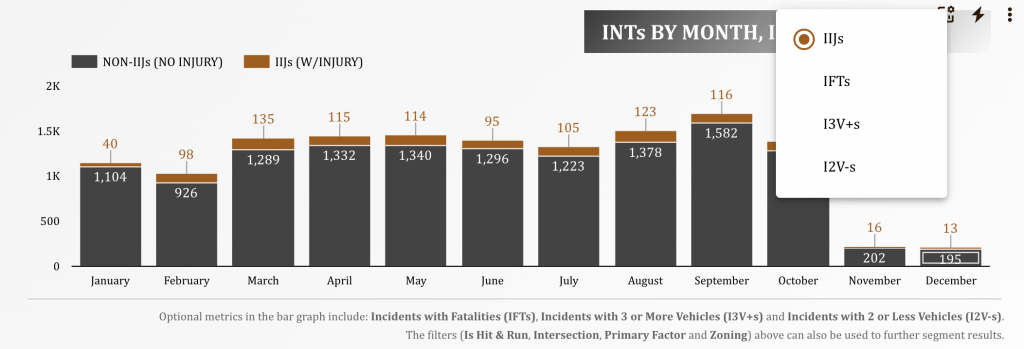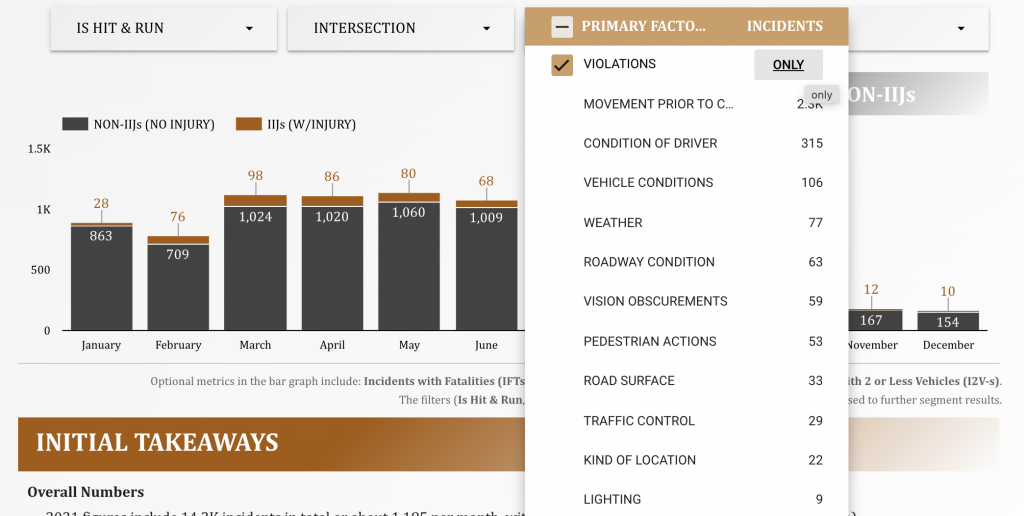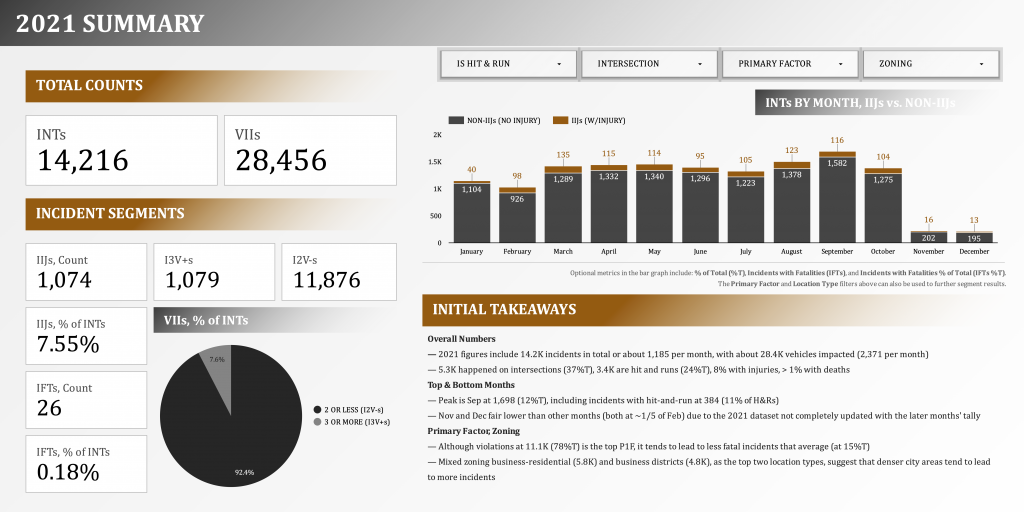Tag: Data Visualization
21Q1 Service Provider Activity
Overview
About the data
- Provided is dummy dataset for the SP data from the first three (3) months of 2021. Basic measures are included to get to high level summary insights.
- As a dummy dataset, intuitions around which categories and states have activities may not align. Ex: Snow Removal services in Florida may be included in the dataset even though snow is rare in Florida.
- Spend is the amount SPs budget for a given period. This amount typically stays the same across months, though it can increase and/or decrease. If spend decreases this represents churn. Note that spend can be used to get Revenue Run Rate.
- Churn % is a key metric when evaluating SPs and is calculated: Churn / Spend.
- Please note that this is a dummy dataset and
Goals
- Evaluate the dataset using Google Data Studio to identify trends and gain insights to help inform changes to strategic initiatives
- Create a presentation of your findings and answer the following questions:
- Explain the trends for Spend and Churn. Which areas were hit hardest by Churn %?
- Where would you focus to improve Spend?
- A recent strategic initiative was to cease offering ads in low Spend categories. Where do you see evidence of this initiative? How is it currently performing? What additional categories would you recommend eliminating and why?
- What additional dimensions, measures, and/or datasets would you like to have to further expand this analysis?
- Which categories, if any, are impacted by seasonality?
Presentation
Below is a snapshot of the second page of the presentation (after the presentation overview page). Please click the image to go to the dynamic dashboard.
Baton Rouge Traffic Incidents, 2021
Overview
This is an exercise in data analysis and visualization using the Baton Rouge Traffic Incidents dataset (retrieved on Jan 10, 2022).
- Explore Google Data Studio’s dynamic content
- Provide initial analysis of the dataset (using historical trends as reference)
Dictionary
These are some of the key metrics and terms that are abbreviated throughout the report:
- Incident (INT) refers to a singular report of traffic incident (or collision), identified by an incident number or ID;
- Incident with Injury (IIJ) refers to an INT with a reported injury;
- Incident with Fatality (IFT) refers to an INT with a reported fatality;
- Incidents with 2 or Less Vehicles (I2V-s) refers to an INT impacting 2 or less vehicles;
- Incidents with 3 or More Vehicles (I3V+s) refers to an INT impacting 3 or more vehicles;
- Vehicles or Vehicles Involved in an Incident (VIIs) refers to the total number of vehicles involved in an INT and is usually bucketed as either I2V-s or I3V+s;
- Primary Factors (P1Fs), Secondary Factors (S2Fs) refer to the factors that resulted to a collision, often a traffic violation; S2Fs may be null if there is no other identified collision factor besides the P1F
Dynamic Content
- Interactive Graphs. Each graph has been designed to produce dynamic content in response to user feedback. Each graph has a set of secondary (optional) metrics, and each page has a set of optional filters.
- Optional Metrics. These are graph-specific controls that allow the user to replace the default metric with another, by choosing the optional metrics selector on each graph. A list of what these metrics are can be found at the bottom of each graph. In the example below, optional metrics for the bar graph below include IFTs, I3V+s, and I2V-s.

- Filters. These are page-specific controls that update the results in all the graphs within that page based on selected filter values. In the example below, choosing Violations updated the values of the bar graph to only include incidents that meet the Primary Factor filter criteria.

Report
Below is a snapshot of the first page of the report. Please click the image to go to the dynamic dashboard.

Visualizing TV Shows Added in 2021
Overview
This is a quick data visualization project that consolidates four streaming services data sets from Shivam Bansal‘s Kaggle repo. The streaming services included are Amazon Prime, Disney Plus, Hulu, and Netflix. All datasets are current as of Dec 12, 2021.
I implement the project using the following tools and steps:
- Jupyter Notebook, Python – with the csv files downloaded, I clean and combine the various data sets
- Google Drive (Google Sheets) – upload the database for storage and later retrieval
- Tableau (Public) – use the built-in Google Sheets connector and visualize the data using a dashboard
Results
Jupyter Notebook
I use Pandas to transform the CSV files into dataframes and combine them. The initial result includes listings for movies and TV shows, so movies are later removed. Some columns for cohorts (such as release_decade) are also included in the final output to anticipate categorizations in the visualization. The file can be downloaded using the link below.
Tableau
This is my foray into a more ‘fluid’ layout, making strong use of floating objects (vs. tiled), and opting out of the default tabular headers (and creating my own labels using icons and other graphic cues).

Completed Course: Data Visualization Fundamentals
Course Details:
- Title: Data Visualization Fundamentals
- Publisher: Dataquest.io
- Completed: 2021-09-01 (Certificate of Completion)
Concepts Covered:
- Learn how to use data visualization to explore data
- Learn how and when to use the most common plots
Completed Course: Storytelling Data Visualization and Information Design
Course Details:
- Title: Storytelling Data Visualization and Information Design
- Publisher: Dataquest.io
- Completed: 2021-09-01 (Certificate of Completion)
Concepts Covered:
- Design for an Audience
- Storytelling Data Visualization
- Gestalt Principles and Pre-Attentive Attributes
- Matplotlib
Completed Course: Exploratory Data Visualization
Course Details:
- Title: Exploratory Data Visualization
- Publisher: Dataquest.io
- Completed: 2019-11-17 (Certificate of Completion)
Concepts Covered:
- Line Charts
- Multiple plots
- Bar Plots And Scatter Plots
- Histograms And Box Plots
